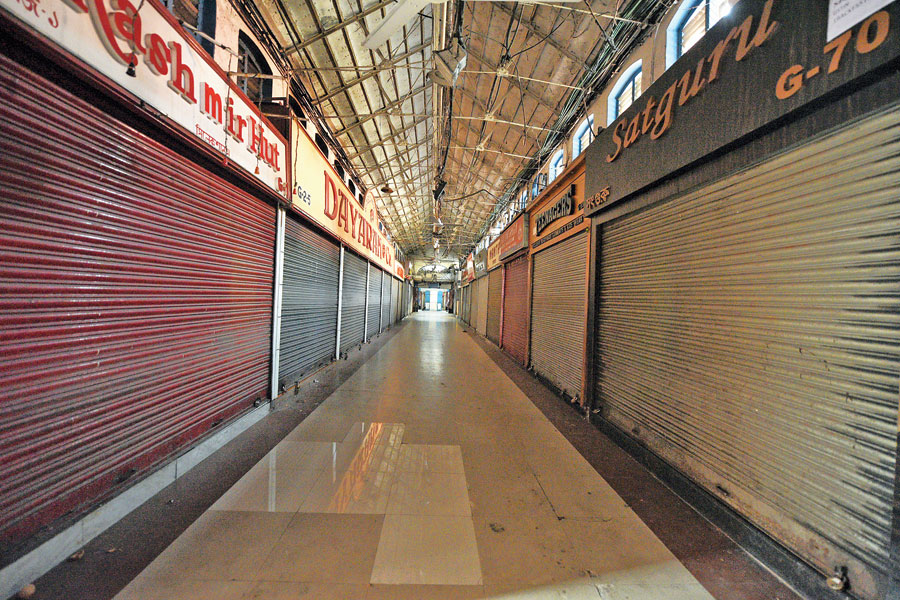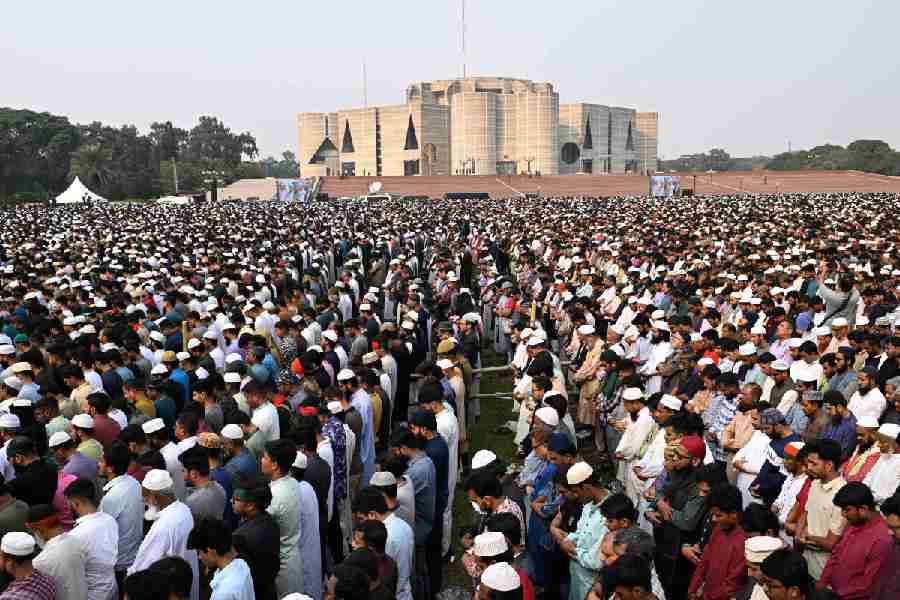The relaxation of the lockdown curbs since July notwithstanding, six out of every 10 small to mid-size enterprises in the creative sector in India are uncertain of surviving beyond October 2021.
Almost two in 10 enterprises are facing permanent closure.
The second edition of a study on the impact of Covid-19 on the creative economy in India, released on December 22, provides a comparison of the situation since the outbreak of the pandemic, the national lockdown (March-June) and the period following the phased relaxation of the lockdown curbs (July-October).
The Taking the Temperature Report has been developed by the British Council, in partnership with the Federation of Indian Chambers of Commerce and Industry (FICCI) and the Art X Company. The first edition was released on July 7. A third edition is due in March.
The first two editions together comprise responses from nearly 750 organisations and individuals. “Creative industries comprise sectors like advertising, architecture, arts and culture festivals, crafts, design and fashion, literature and publishing, museums, heritage and public monuments. They also include new media arts including gaming, film and video; performing arts including music, dance, theatre; public and street art; TV and radio; venues including theatre, cinema, galleries and parks; visual arts including painting, illustration, photography and sculpture,” the report says.
Micro, small to mid-size enterprises (MSMEs) and self-employed groups make up to 88 per cent of the creative sector in India, according to the report’s first edition.
Some of the key findings of the second edition:
⚫Sixty-seven per cent of the surveyed respondents are uncertain that they can survive for more than a year with current resources and funding
⚫Individual professionals and artisans are facing short-term hand-to-mouth existence even as sectors are adapting to digital and live business models to stay afloat
⚫Ninety per cent of the sector fears the long-term impact of social distancing
⚫The creative economy is contracting — 16 per cent of the sector is facing permanent closure
⚫Some of the workforces are leaving the creative economy
The report makes a slew of recommendations in the wake of the feedback from the respondents.
The monetary recommendations call for loans and grants to arts organisations under the CSR funding plan, micro-grants to freelance artists, gig workers and artisans and timely disbursement of existing grants.
“While the first report helped to understand the immediate impact of Covid-19 on the creative economy; the second report reveals the diminished economic conditions that creative organisations and artists are now faced with,” said Jonathan Kennedy, director, Arts India, British Council.
Many enterprises have turned to the digital platform to cope with the crisis.
Malika Dudeja Varma, daughter of kantha revivalist Shamlu Dudeja, works with around 1,000 women in 10 villages across Bengal. She deals in a variety of kantha products. From late March to mid-May, things came to a grinding halt for her.
The standstill prompted her to start a website. “We kept the organisation afloat because of the digital thrust,” said Varma, who was not part of the Taking the Temperature report.
The study stressed the need for government support to the creative sector to grapple with the pandemic, highlighting the role of different states.
The cultural affairs department of Assam provided Rs 2,000 per month in April, May and June to over 18,000 artists’ families of the state. Financial aid provided by the Bengal government has benefited 1.95 lakh folk artists.
States like Uttarakhand and Manipur also extended financial help to artists, the report pointed out.










